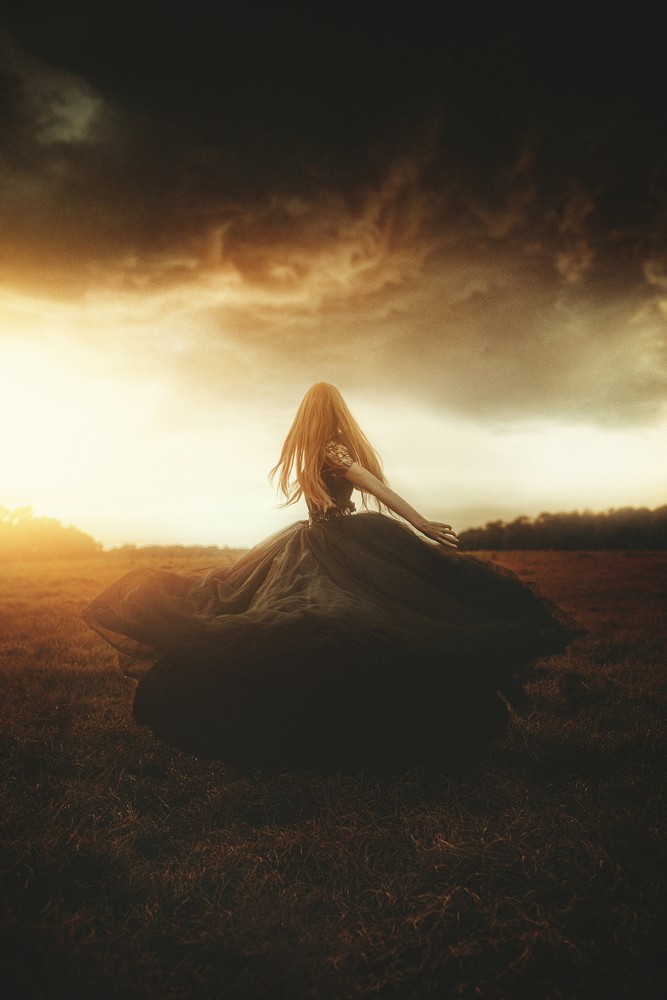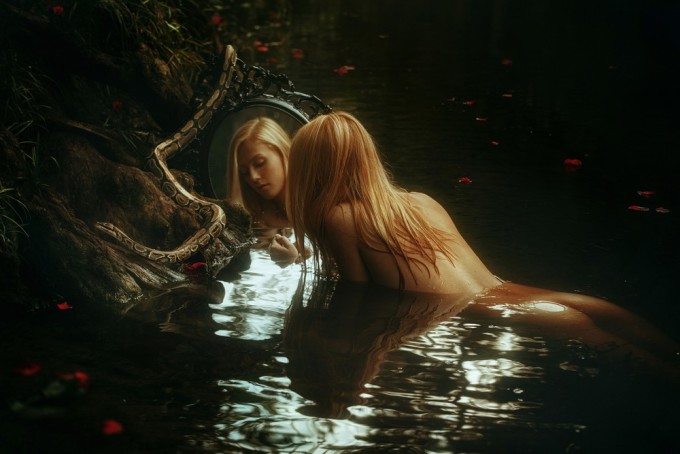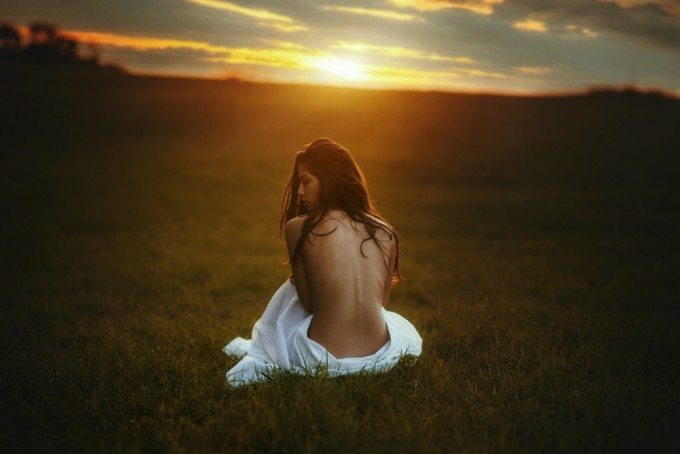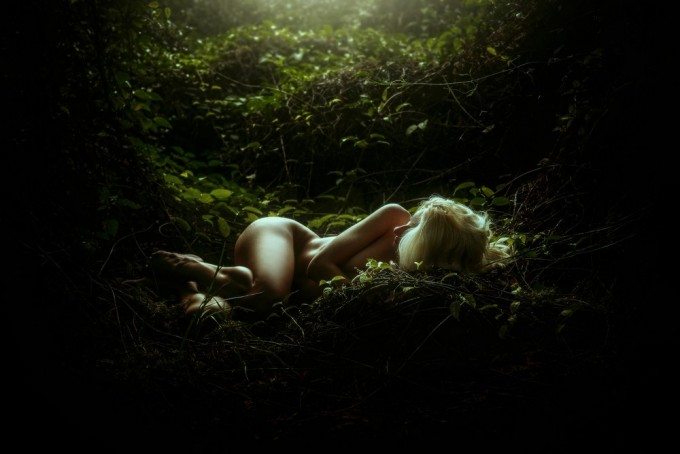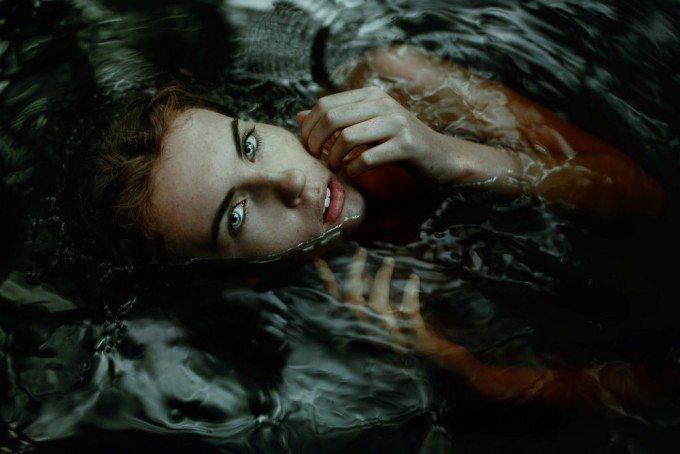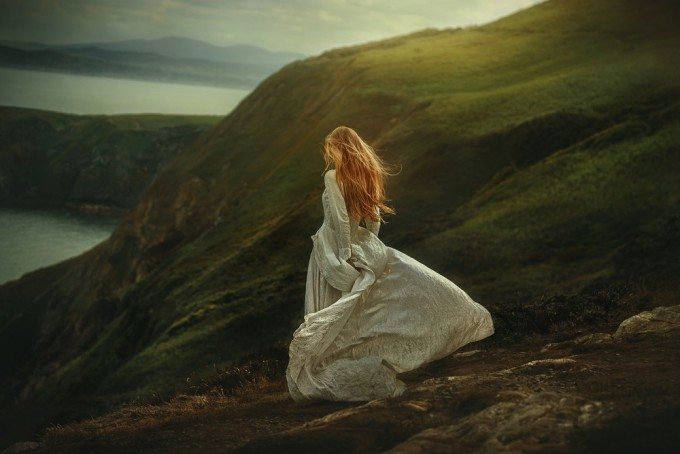Last Updated on 11/11/2021 by Chris Gampat
All images by TJ Drysdale. Used with permission.
“My first wedding gig ever was for a super rich couple who spent tons of money on their wedding. They hired me as their photographer, and I charged them a grand total of $300 for the entire thing.” says photographer TJ Drysdale— who is a portrait photographer based in Tampa, Florida. His work uses all natural light, and he portrays slices of time where the subject is searching for something, be it physical, spiritual, or otherwise. He’s been featured in many publications for what has been called a “romantic, graceful, and understated style.”
TJ has been shooting for many years now, and we talked to him about his sources of inspiration and how he built his career.
Phoblographer: Talk to us about how you got into photography.
TJ: I had been into film making and cinematography for many years and even went to college for it. In all honesty, I became involved in photography completely by accident. When I was 21, my grandparents bought me my first DSLR camera. Originally, I started taking nature photos, but soon decided that my true love was in taking portraits and depicting emotion and stories. Although I feel that film making will always be my first love, that art fell into the shadows and gave rise to my focus on fine art photography.
Phoblographer: What got you into creating portraiture and surreal, painterly imagery?
TJ: Over time that is just how my style developed. I have always been attracted to pretty light and colors and Renaissance paintings and subconsciously all of that meshed together and became the perfect mix of what my style is today.
Phoblographer: The story of every photographer’s first professional gig is always either an inspiring one or a hilarious one. Talk to us about yours.
TJ: Oh goodness! Mine is certainly more hilarious than inspiring. My first wedding gig ever was for a super rich couple who spent tons of money on their wedding. They hired me as their photographer, and I charged them a grand total of $300 for the entire thing. I felt like I wasn’t experienced enough to ask for more so I majorly undercharged! The lesson learned here was to always have confidence in your ability and to research your industry pricing first.
Phoblographer: Where do you tend to draw your inspiration from and how do you feel that has evolved over your career as a photographer?
TJ: The way I see life is what inspires me. Who I am as a person shows through in my photography in a very raw and very real way. I am drawn to scenery and light, and am constantly trying to find who I am as a person and as an artist. The story of self-discovery is a very clear message in my artwork.To find inspiration, I chase the light. I live my life in a way where I keep an eye out in the world for the way light hits different locations, beings, and natural elements. Traveling new places, seeing different things, and meeting exceptional people all play a role in my source of inspiration as well.
In the beginning of my career, I would look to other photographers and photos for inspiration, but these days, I draw the inspiration from my surroundings and every day life.
Phoblographer: Considering that you’re a New York native, you sure do like to take pictures in the rolling hills and near the shore line. Why do you gravitate towards these areas vs big, urban cities and rooftops (as far as your commercial work goes)?
TJ: Even as a young adolescent living in NYC, I was never drawn to the city. Although skyscrapers are beautiful, I would always draw beaches, mountains, and wide open areas. Living in the city, urban areas are something that I saw a great deal of. Oftentimes, you are immune to the surroundings of your home city and are constantly long for a change of pace. Since I grew up around urban areas and rooftops, my creative work longed for wide open space and rolling hills. My childhood in the city has subconsciously forced my work to gravitate to the countryside.
Phoblographer: Many photographers try to be jacks of all trades by doing marketing, editing, shooting, negotiations, etc. But you’ve got a team. How did you go about building this team and what should photographers know about having a support staff to build a business?
TJ: For quite a while, I tried to do it all. Over time, I came to realize that we all have our strengths and weaknesses. My strengths lie in creating, shooting, and editing. Marketing, negotiations, and PR work are not my strong suit and were a niche that I needed to fill. Originally, Victoria and I had a model/photographer relationship, then a friendship. Over the past year, she has come on to my team in a marketing/PR capacity. I am building my team through people I know and the connections I make in my life.
If I had to give other photographers one piece of advice about building a support staff, it would be that it is okay to let go. When I on-boarded Victoria, it was hard for me to relinquish some of my control to her. I knew that, in order for this to work, I had to let go of some aspects and listen to her professional opinion as an individual with a strong marketing background. Once I came to terms with this, everything flowed smoothly and it has been completely worth it.
Phoblographer: What do you feel is more important as a professional photographer these days: social media or interpersonal networking. Why do you feel so?
TJ: This is a loaded question! It would be foolish to have one without the other! In today’s global community, a social media presence is extremely important. Social media allows your company’s work to reach all over the world. You have the ability to build a follower base of hundreds of thousands of connections, which, in a way, is a strong form of interpersonal networking.
Along those same lines, interpersonal networking is important on its own because knowing people individually can go a long way in this industry. I support many creatives that I know personally, and they have my back as well. Although what you know is crucial, your support group and close acquaintances can have a huge impact on your career.
Phoblographer: Creatively speaking, where do you want to be in a year and what are your goals to getting there?
TJ: I am on a constant quest to get better. I never fall into the trap of thinking that I have “made it” or that I “know everything.” I am never completely satisfied with my work and always strive to improve. In a year, I want to traveling more often, teach workshops, and sell my Photoshop actions online.


